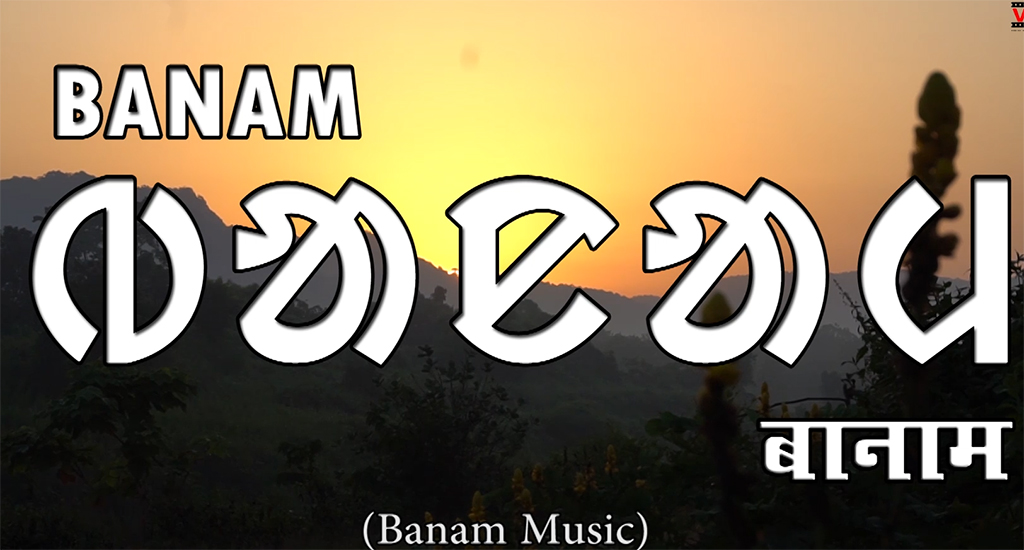
Tribal filmmakers make high content on low budget
Untrained and young tribal moviemakers highlight the social evils and ecological issues plaguing rural India, but budgetary constraints prevent them from taking their cinema to a wider audience

Untrained and young tribal moviemakers highlight the social evils and ecological issues plaguing rural India, but budgetary constraints prevent them from taking their cinema to a wider audience
A beaten script shakes off the banality of being a stereotype when given a fresh perspective and told differently—like the story of a loan shark usurping a poor man’s land in Bandha Khet, a Nagpuri dialect short film that has received critical acclaim and cost less than Rs 500 to make.
Bandha Khet (Mortgaged Farm) is the latest work of Purushottam Kumar, a 25-year-old known simply by the initials NPK, who is among a clutch of untrained, young, creative filmmakers beating budgetary boundaries to blaze the path for movies from India’s tribal countryside.
The movie that cost less to make than the day wage of a Bollywood spot boy won the best actor, best director and best movie awards in the 2021 International Tribal Film Festival.
But unlike big movie plotlines, tribal filmmakers are churning out an unexpected reality.
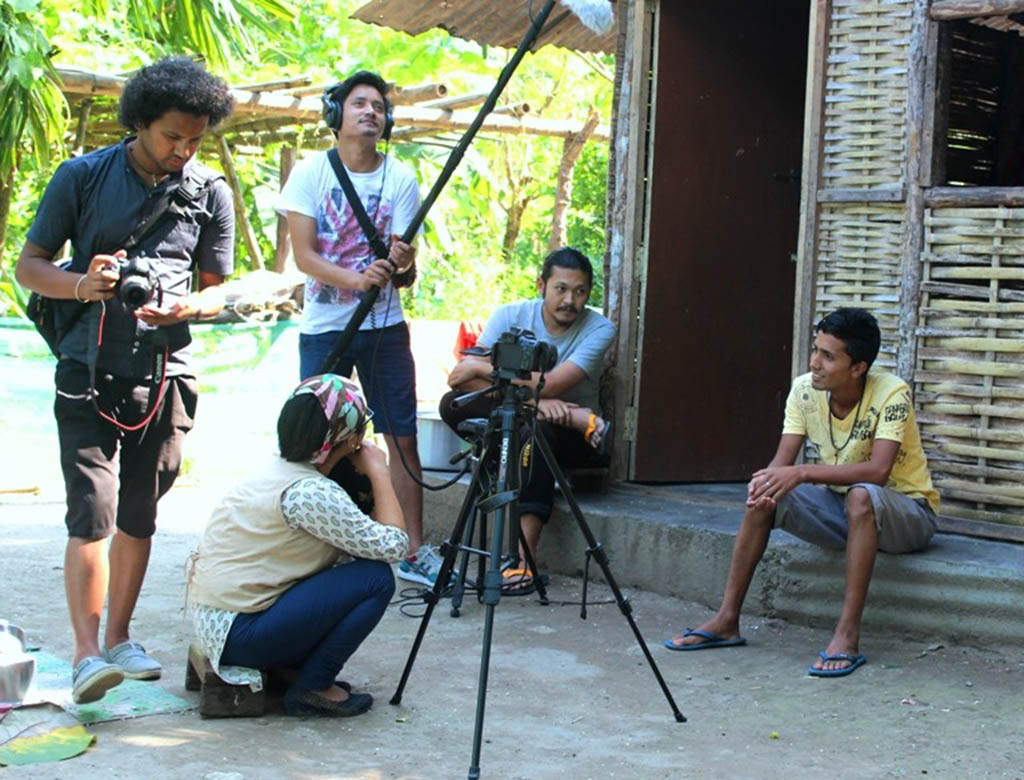
They highlight provocative socio-economic and environmental subjects, as diverse as a charlatan moneylender, or the role of education in tribal emancipation, or a river’s dams squeezing the livelihood of those living off it.
The moneylender story is as old as Shakespeare’s Merchant of Venice, but its relevance isn’t lost. The same template of many Shylocks snaring the poor in debt-traps plays out in rural, tribal areas of Jharkhand.
With little or no access to financial institutions, the poor often mortgage their soul – the small landholding they own.
I do not have formal training on filmmaking and shot the 14-minute movie with a mobile phone. My mother, brother and children from my village acted in the film
C M Marandi
Kumar’s 19-minute movie gives a raw context to modern slavery that melds perfectly with the narrative.
“The situation in the villages hasn’t changed much in 75 years since India became an independent nation. Exploitation of illiterate villagers is rampant. I tried to portray this reality,” he says.
In another state, another young filmmaker panned his cell phone camera over the importance of education for the tribal-folk. The outcome: Inhunjolahaa (I Will Also Study), a short Santhali language movie.
“I do not have formal training on filmmaking and shot the 14-minute movie with a mobile phone. My mother, brother and children from my village acted in the film. I convinced them,” says CM Marandi, 28, a tribal youth from Odisha’s Baripada.
For Minket Lepcha from the tea-growing hills of Darjeeling, the Lepcha tribe’s revered river is the muse in her Voice of Teesta.
It is a well-researched 41-minute documentary about the challenges posed by hydro-electric dams to people living off the Teesta, a 414km river that rises in the eastern Himalayas of Sikkim, flowing south through West Bengal and draining into the Brahmaputra in Bangladesh.
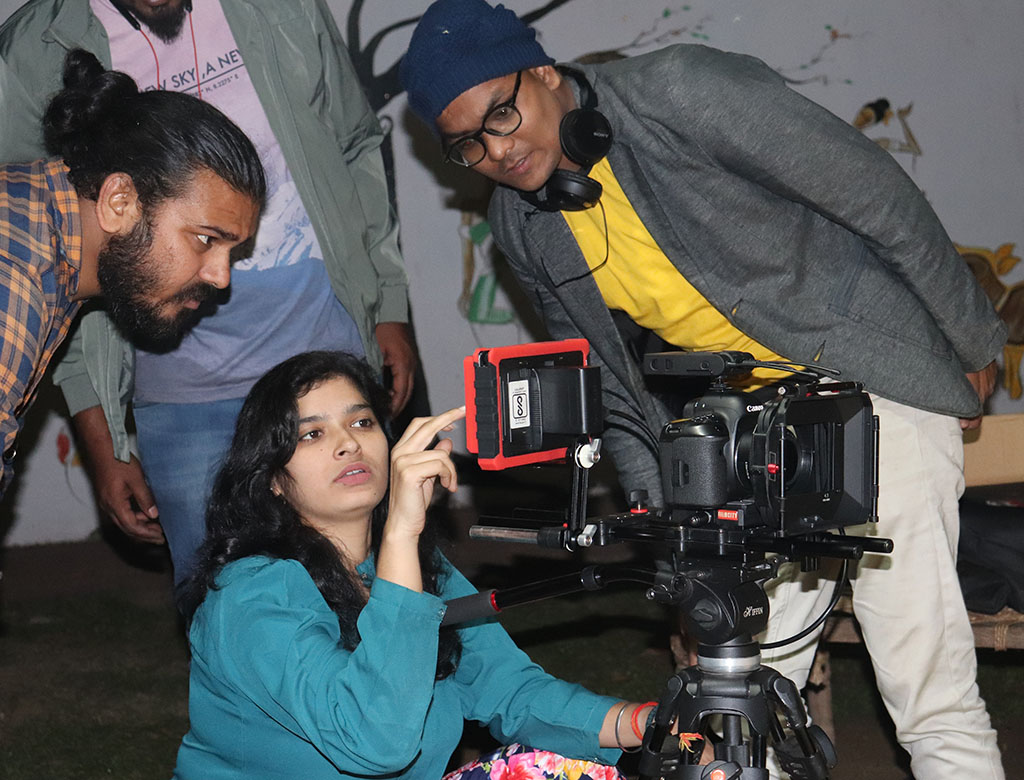
The 39-year-old delves deeply into the topic with examples that are relatable and remarkable – capturing the environmental vulnerability that offers no margin to cushion the blow on millions.
“I had an office job in Delhi till 2012. Quit and returned to the hills to make movies, pursue my passion,” says the inexperienced filmmaker whose debut documentary won the Green FilmMakers Award at the 2016 International Film Festival in Delhi.
She was among 16 filmmakers from India’s eastern and north-eastern states who showcased their work at a national short film festival, Samuday Ke Saath, held in the steel city of Jamshedpur this August. The event was a prologue to Samvaad, a tribal conclave held each year in November.
Without the money we can’t hire actors. So we convince villagers to act in our movies. Sometimes we promise to do their household chores in return
Kumar (aka) NPK
The festival has two categories: institutional and community. The institutional section features movies made by professional media houses, like the Film and Television Institute in Pune and the Satyajit Ray Film & Television Institute in Kolkata.
“Then the community movies made by filmmakers with no formal training or big budgets and equipment either. We encourage them,” says Kumar Gaurav of Tata Steel Foundation that organises Samvaad.
In an industry where bigger is presumed to be better, there is little room for movies made on a low budget and themed around hot-button topics like issues affecting tribal societies, which are far from bankable box-office illusions populating theatres and multiplexes.
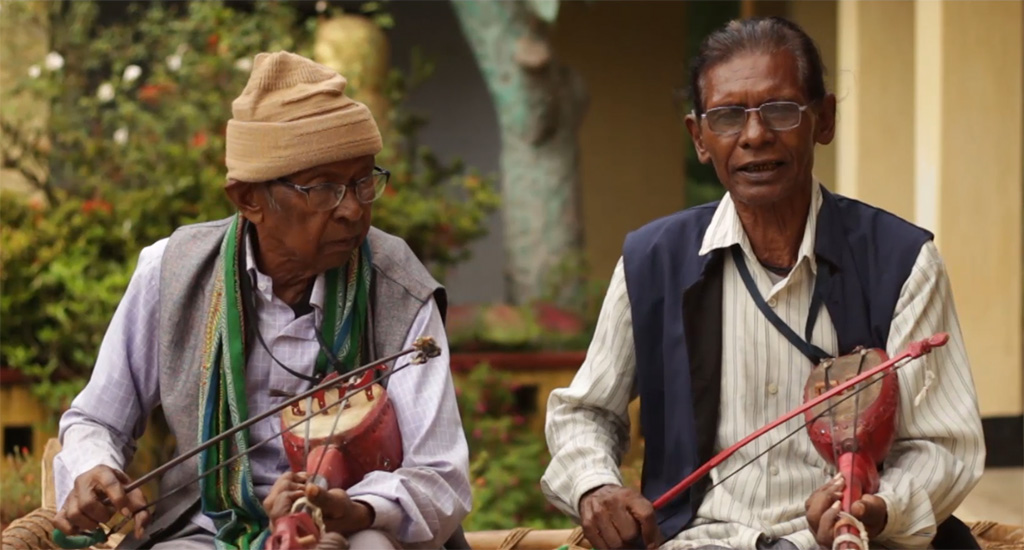
“Without the money we can’t hire actors. So we convince villagers to act in our movies. They do it out of goodwill. Sometimes we promise to do their household chores in return,” says Kumar of Bandha Khet.
He needs money for his next project. But finding a distributor – to get his movie seen – is another hurdle.
“I will show my film in tents and charge a small entry fee from the villagers,” says Kumar.
Pragya Singh, a 25-year-old filmmaker, says Jharkhand is brimming with stories begging to be told, but people need funds to broadcast them.
“I recently made a documentary on banam, an ancient musical instrument on the brink of extinction. There are so many subjects that can be highlighted through proper research and funding.”
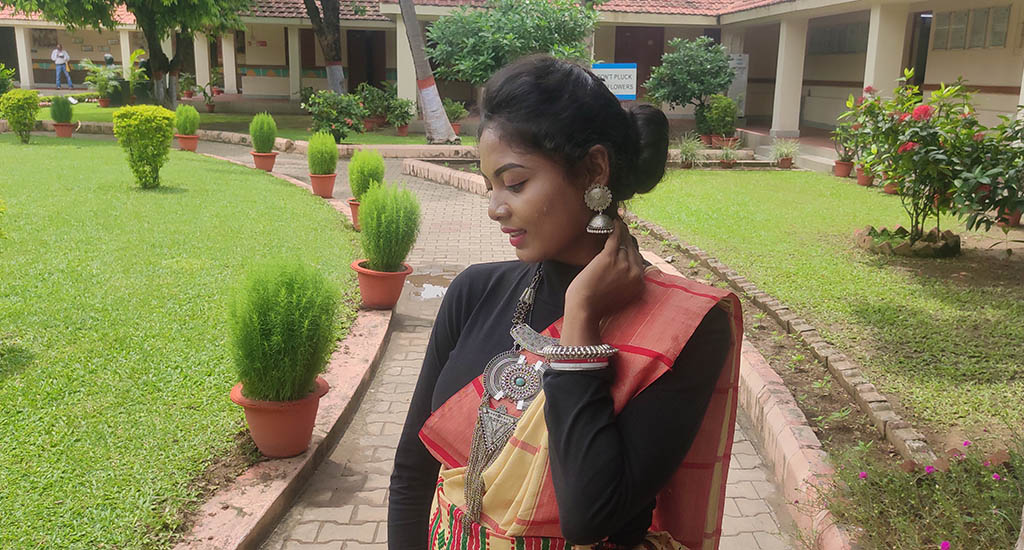
Lower budgets allow them to make movies no one imagined would get made, but the purpose gets defeated when only a handful get to watch them. Santhali actress Shalini Murmu, 24, acknowledges the limited opportunities for tribal cinema.
“Our audiences are spread over Jharkhand, West Bengal, Assam and Odisha. Still, mainstream Santhali cinema doesn’t have any professional director. What we have are office workers and traders, amateurs driven by passion to make movies,” Murmu said.
Experienced documentary filmmakers say the youngsters need a theatre audience, rather than government aid that might force them to make hagiographies or quid pro quo propaganda films.
“They are highlighting social evils and other aspects of society. These should reach a wider audience,” says Prabal Mahto, maker of 150 documentaries over the past 25 years. “There should be small auditoriums in villages with a nominal, affordable entry fee.”
The lead image is a poster for Pragya Singh’s film on ancient musical instrument banam (Photo courtesy Pragya Singh)
Gurvinder Singh is a journalist based in Kolkata.